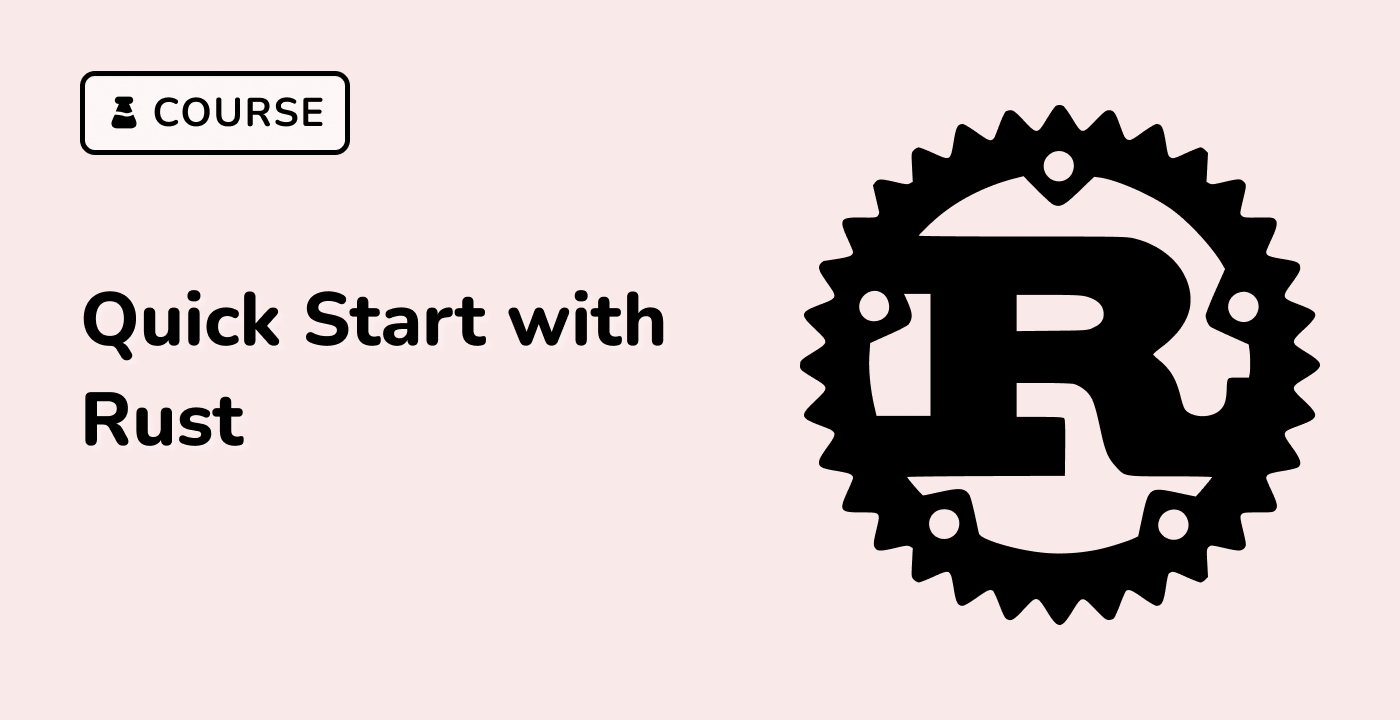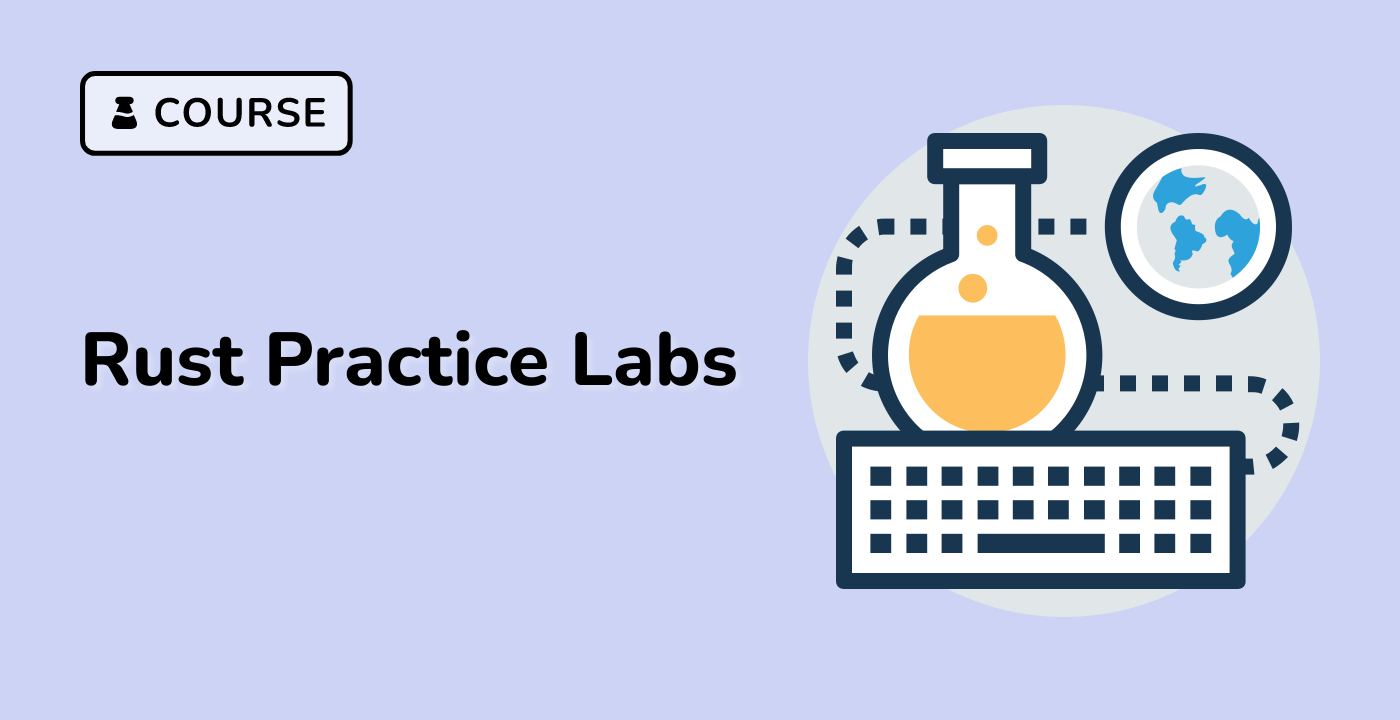Drop
The Drop trait only has one method: drop, which is called automatically when an object goes out of scope. The main use of the Drop trait is to free the resources that the implementor instance owns.
Box, Vec, String, File, and Process are some examples of types that implement the Drop trait to free resources. The Drop trait can also be manually implemented for any custom data type.
The following example adds a print to console to the drop function to announce when it is called.
struct Droppable {
name: &'static str,
}
// This trivial implementation of `drop` adds a print to console.
impl Drop for Droppable {
fn drop(&mut self) {
println!("> Dropping {}", self.name);
}
}
fn main() {
let _a = Droppable { name: "a" };
// block A
{
let _b = Droppable { name: "b" };
// block B
{
let _c = Droppable { name: "c" };
let _d = Droppable { name: "d" };
println!("Exiting block B");
}
println!("Just exited block B");
println!("Exiting block A");
}
println!("Just exited block A");
// Variable can be manually dropped using the `drop` function
drop(_a);
// TODO ^ Try commenting this line
println!("end of the main function");
// `_a` *won't* be `drop`ed again here, because it already has been
// (manually) `drop`ed
}



